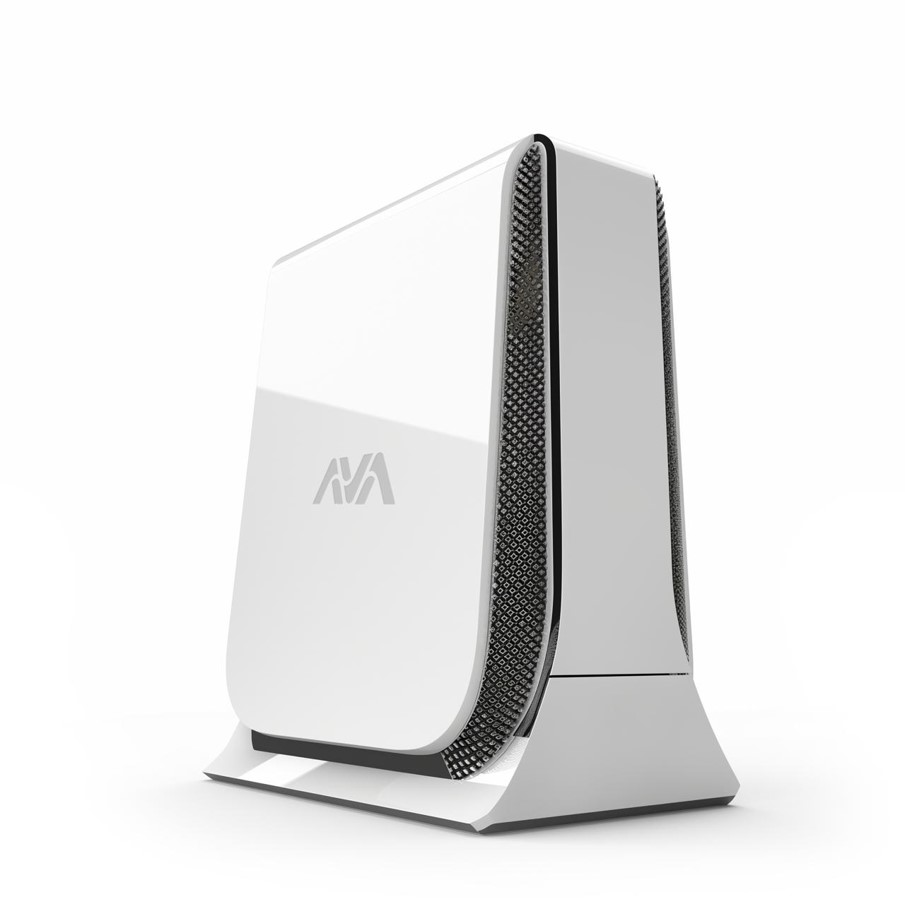AVA
Executive Summary: What is AVA?
AVA is a patent pending energy operating system (EOS) combined with GPUs that converts distributed energy into compute power for profit. Compute power is what data centers do all day long. IN other words, AVA turns any house or business (Users) with solar power, wind power, or other forms of distributed energy and batteries, into mini data centers which are in high demand from AWS, Google
Cloud and a whole host of other Cloud Service providers.

Solutions To Market Problems:
- Meeting Compute Power Demand: Companies like Google and AWS need energy to power their data centers. They can either build power plants or buy energy from others. AVA provides a solution by converting distributed energy into compute power, which these companies can purchase.
- Monetizing Distributed Energy: Homeowners and businesses with solar power need more ways to profit from the electricity they produce. Traditional methods of selling back to the grid face interconnect issues. AVA offers a new way to monetize electricity by converting it into useful computation power.
AVA is equal to Open AI:
AVA operates similar to OpenAI, in that it learns and optimizes your home or business’s energy consumption. It can decide the best use of produced electricity—whether to sell it to the grid, use it for compute power, charging stations, or other computational needs.
Go-To-Market Strategy:
- Solar Developers: Targeting homeowners with solar installations in the US (4.9 million) and Europe (17 million).
- Battery Producers: Partnering with battery manufacturers to maximize electricity flow and profitability.
- Microgrid Developers: Engaging with the 692 microgrids in the US to monetize their systems.
- REITs and Home Builders: Optimizing energy efficiency for REIT managers and new home developments, providing cost savings and improved energy management.
Background: The founders of AVA, experienced investors in climate technology and creators of Teledoc, recognized that outdated and vulnerable grid systems hinder the growth of distributed energy. Their solution, Grid 2.0, aims to decentralize the grid system, allowing users to be the starting point for energy production and share excess electricity in a merchant market. This starting point is AVA.

